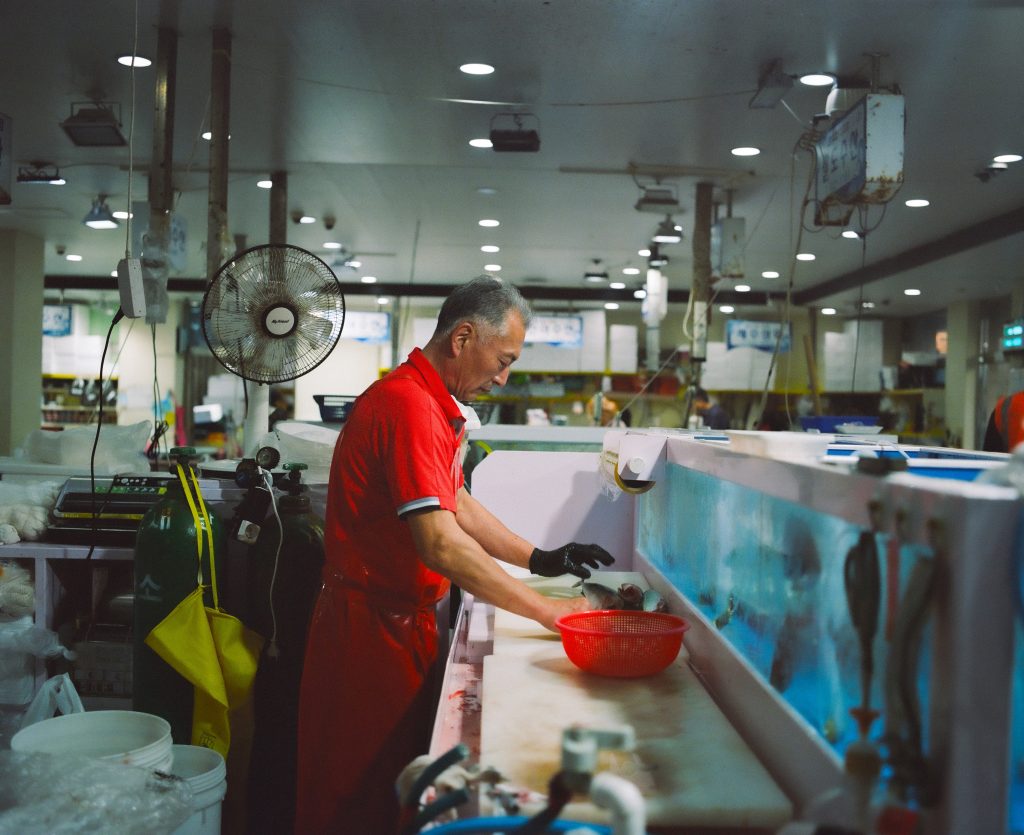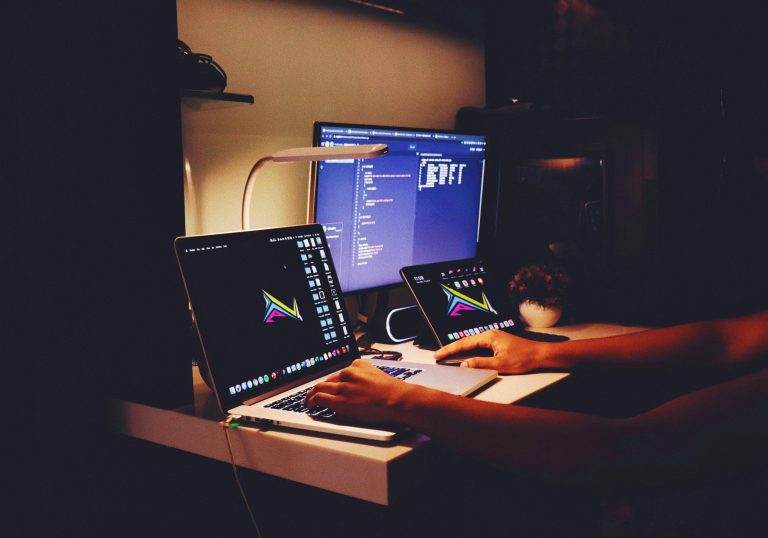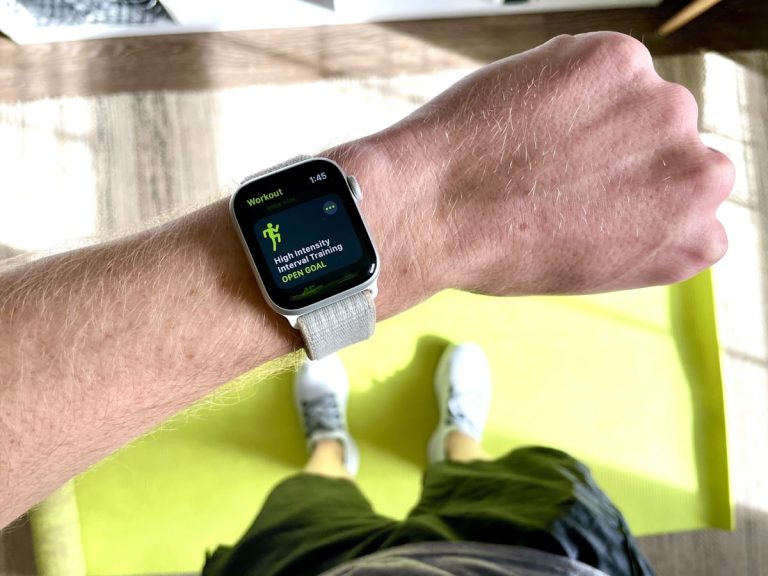The Impact of AI on Global Work Culture: Redefining Jobs or Replacing Them?
1. Introduction
1 Briefly introduce how AI has moved from niche applications to mainstream business tools.
2 Pose the central question: Is AI here to support human workers, or to replace them?
2. Historical Context
1 Compare with past industrial revolutions (automation, computers, internet).
2 Emphasize how technology often disrupts jobs before creating new ones.
3. AI’s Role in Today’s Workplaces
1 Productivity boosters: automation of repetitive tasks, data analysis, chatbots.
2 AI as a collaborator: Copilot tools for coding, writing, design.
3 Global examples (factories, healthcare, education, customer service).

4. The Threat of Job Replacement
1 Roles most at risk (clerical, entry-level coding, telemarketing, logistics).
2 AI’s impact on outsourcing and global job markets.
3 Case studies where companies reduced workforce due to AI.
5. Redefining Work & Emerging Opportunities
1 New job categories (AI trainers, prompt engineers, ethicists).
2 How AI creates demand for human creativity, empathy, and strategy.
3 Hybrid models: Humans + AI working together.

6. Cultural Shifts in Workplaces
1 Changing expectations: flexibility, remote collaboration, digital skills.
2 How AI changes leadership styles, communication, and team structures.
3 The rise of continuous learning and reskilling as a cultural norm.
7. The Ethical & Social Dimension
1 Inequality in job losses between developed and developing nations.
2 Policies for responsible AI adoption.
3 Balancing innovation with fairness.
Conclusion
1 Reinforce that AI is both a disruptor and an enabler.
2 The key question isn’t “replacement or not,” but how humans and AI will coexist in reshaping global work culture.






